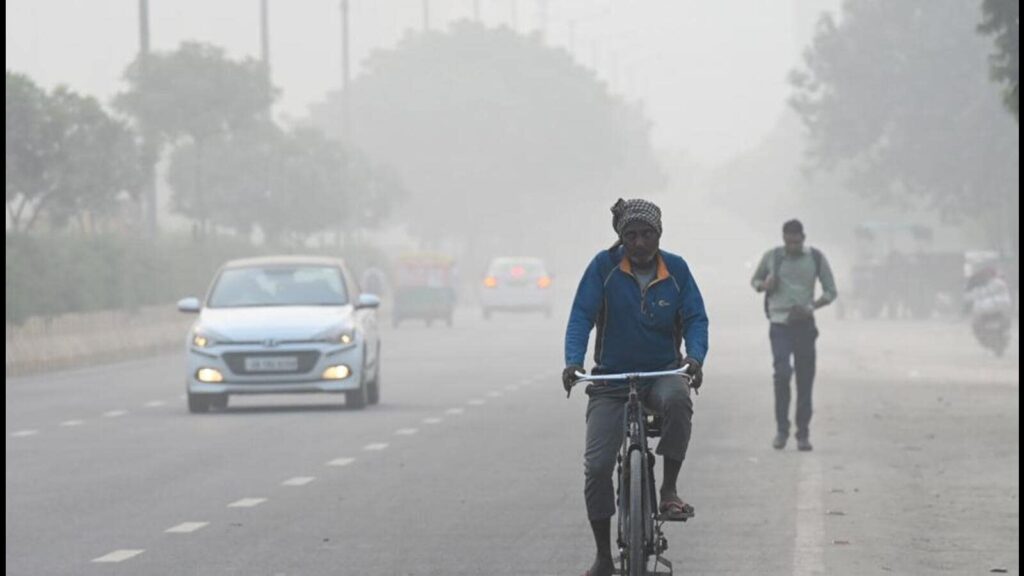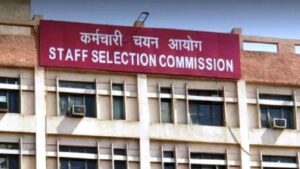Peak winter pollution levels dipping: Report | Latest News Delhi

Average pollution levels in the Capital during the winter months are on a rise year-on-year, a study carried out by the Centre for Science and Environment (CSE) has revealed. However, the report released on Wednesday noted, annual pollution levels in the city are dipping, as are the peak winter pollution levels.

CSE in its analysis looked at PM 2.5 data for Delhi shared by the Central Pollution Control Board (CPCB) for the months October to January over the last five years.
It found that the 24-hour peak PM 2.5 concentration in the winter months was down by around 35% — from 566 micrograms per cubic metre (µg/m³) in the winter of 2019-20 to 366µg/m³ in 2023-24. However, the data also showed despite the dip in peak, the average PM 2.5 concentration last winter was 189µg/m³ — the highest in the last five years.
The average in the winter of 2022-23 was 160µg/m³; 169µg/m³ in 2021-22; 186µg/m³ in 2020-21 and 173 in 2019-20.
“In the last five years, the winter average of PM 2.5 concentration was the highest in 2023-24. This is a 9% increase in the average PM 2.5 concentration in comparison to 2019-20 and reflects elevated levels of pollution and high impact of atmospheric conditions too,” said the analysis.
Anumita Roychowdhury, CSE’s executive director, research and advocacy, said this clearly indicates that emergency-level action is working, but the overall sources of pollution are likely increasing. This includes vehicles, which emerge as the largest contributor of all sources within the Capital.
“The emission inventory studies for Delhi done by IIT Kanpur in 2015, TERI-ARAI in 2018 and Safar (2018) point out the transport sector contribution to PM 2.5 to be 20%, 39% and 41% respectively. Among combustion sources, it is the highest source and annually, it is the second biggest source behind dust,” said Roychowdhury, stating this indicates even more efforts are needed to improve public transport to facilitate a shift in that direction across NCR.
CSE’s analysis said Delhi already has 7.9 million vehicles, as per the Economic Survey 2023-24, which included 650,000 new vehicles added in 2023-24 alone. Pre-pandemic, it said an average of 610,000 new vehicles were added each year.
“As travel distances increase across NCR, the increasing reliance on private vehicles over public transport to commute also appears to be increasing, which means increased congestion on the roads,” Roychowdhury said.
The study also noted that Delhi’s annual PM 2.5 levels need to dip by 62% to meet the national standards of 40µg/m³.
Data assessed from Delhi’s five oldest air quality stations – ITO, IHBAS (Dilshad Garden), Mandir Marg, Punjabi Bagh and RK Puram, showed Delhi’s the average PM 2.5 concentration has reduced from 189µg/m³ in 2012-14 to 104µg/m³ in 2021-23.
“This shows a greater drop and improvement overall, but even then, a further reduction of 62% is still needed to meet the national standards,” Roychowdhury said.
CSE also stated that high cost of using public transport, low frequency of buses, fewer buses, and frequent breakdowns of buses are among the reasons due to which people refrain from using public transport in Delhi.
As per the report the waiting time for buses at a bus stop is less than 10 minutes at only around 1% of all bus stops, while at more than half the city’s bus stops, people have to wait for more than 15 minutes.
The report suggests that that Delhi needs at least 10,000 buses as directed by the Supreme Court in 1998. To be sure, the Delhi government plans to have a total of 10,480 buses, out of which 80% will be electric, by the end of 2025. Till July this year, Delhi had 7,683 buses, including 1,970 electric buses.




